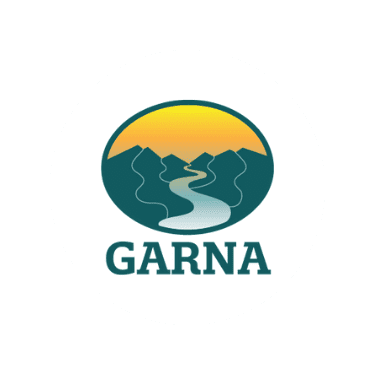
NOTE: This article is part of our Environmental Series for the Mountain Mail. Published Oct 4, 2024
By Rose Nadelhoffer
If 19 years of wildfire restoration work have taught Brad Piehl anything, it’s that the aftermath of a fire is often worse than the fire itself: “In Colorado we’ve lost a lot more people to post-fire than we have to actual fires. Post-fire impacts are something people just don’t think about very much.” Coloradans like to think we know wildfire intimately. However, in Piehl’s experience, our proximity to catastrophic events does not necessarily equate to our true understanding of what comes after the flames.
Piehl is a forest hydrologist at JW Associates, a Summit County company that works with watershed organizations to steward ecosystems pre- and post-fire. Piehl is also one of the experts collaborating with the Arkansas River Watershed Collaborative (ARWC) to mitigate a critical post-fire effect at the site – debris flow.
In June of this year, the Interlaken Fire scorched 704 acres along the banks of Twin Lakes Reservoir. Today, interspersed within the charred and disintegrating landscape are patches of forest untouched by the flames. Skeletal Douglas fir and lodgepole pines loom above leafy green aspen saplings climbing from a blanket of slick ash. Wildfire consumes vegetation and detritus, redepositing beneficial nutrients into the soil to stimulate new growth. However, in incinerating organic material that holds soil in place, this fire expedited the erosion of steep gullies on the hillside above the Interlaken trail. Come rainfall or snowmelt, these fire-crafted pipelines will expel loads of ashy debris straight into Twin Lakes Reservoir. Twin Lakes is part of the Arkansas River headwaters, so debris flow impacts not only this reservoir but also bodies of water downstream.
In Piehl’s experience, debris flow is the most dangerous, damaging and expensive post-fire hazard we experience in Colorado.
For one, debris flows can alter the water chemistry of water bodies temporarily, and thus their habitability for aquatic organisms. High-alkalinity runoff from the burn area has the potential to increase the pH of the reservoir’s surface water. Debris flow may also introduce an excess of nutrients like nitrogen and phosphorus into the water, prompting algal blooms that deplete oxygen and kill fish and other aquatic creatures. Additionally, debris deposited on the shoreline containing sediment and heavy metals may become repeatedly resuspended within the reservoir, threatening the health of aquatic creatures.
Debris flows into Twin Lakes Reservoirs from the Interlaken Fire gullies also impacts municipal water supplies downstream. Very few water treatment plants have the technology to process water containing dissolved ash with a high carbon content, and installing new technology is incredibly expensive. Twin Lakes Reservoir serves Pueblo, Aurora and Colorado Springs, so the impacts of the Interlaken Fire on municipal water quality will probably not impact those of us near the Arkansas River headwaters. If a wildfire impacted the quality of the water we draw from the main stem of the Arkansas, Cottonwood Creek, or the South Arkansas, we’d have a problem locally. As we do not have the infrastructure to filter wildfire toxins from our drinking supply, Piehl notes that “a lot of these small communities in the mountains are really at risk.”
Piehl has seen a lot working on catastrophic wildfires throughout the state. He recalls debris flows plowing down inhabited houses, killing fish in mass, permanently altering the floodplain of the Poudre River and forcing Fort Collins to update its water treatment processes after the Cameron Peak Fire. Irrigators run into expensive repairs when debris flows render irrigation diversions nonfunctional, as do cities when roads are wiped out. When debris flows bulldoze roads and other infrastructure, even more debris is added to the flow, compounding the size of the hazard and its threat to folks in the area.
“We’re not stopping fires. They’re going to happen. But we have to be smarter about living with them,” Piehl says. To the fire restoration experts on the ARWC team, living smarter with fire is working with naturally occurring ecological processes to rehabilitate areas prone to post-fire hazards. This looks like stopping debris flow in its tracks at the Interlaken Fire burn scar. It also looks like learning from experience throughout ARWC’s ongoing restoration project so we may approach wildfire more effectively when it returns to the Arkansas River Valley.
Rose Nadelhoffer is the public programs resources assistant and AmeriCorps watershed steward with the Greater Arkansas River Nature Association.

GARNA works with communities of the upper Arkansas River valley to foster the stewardship of the region’s natural environment and the resilience of our communities.